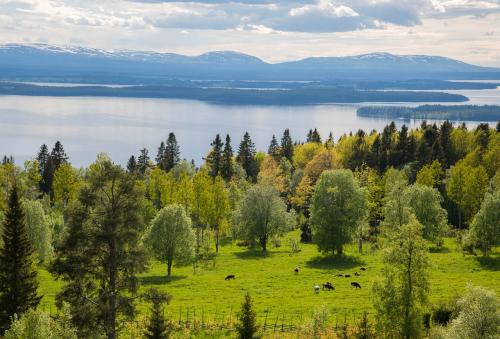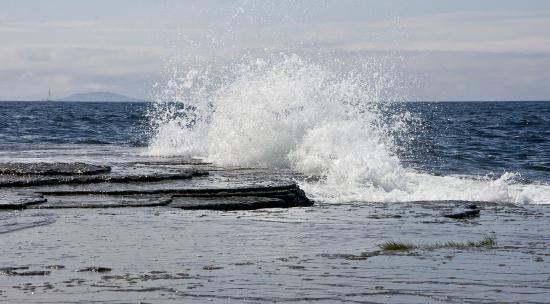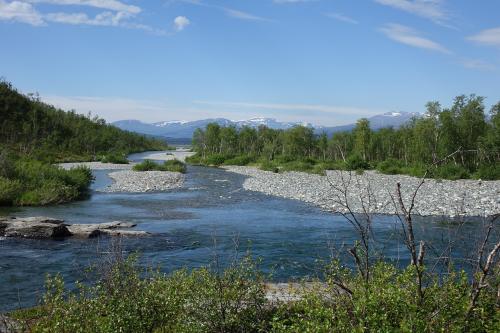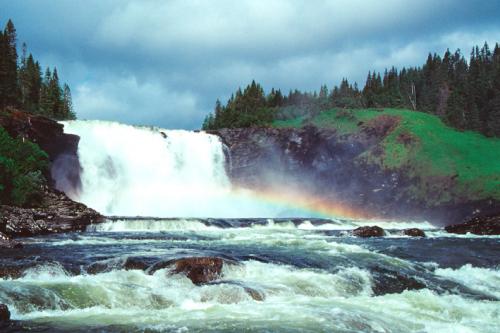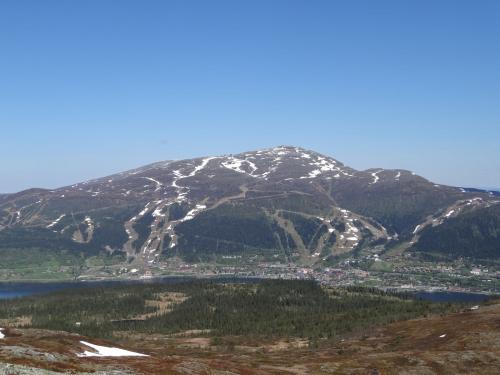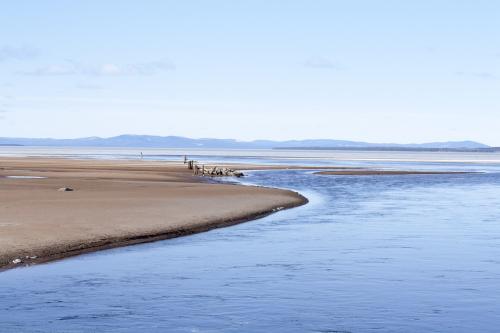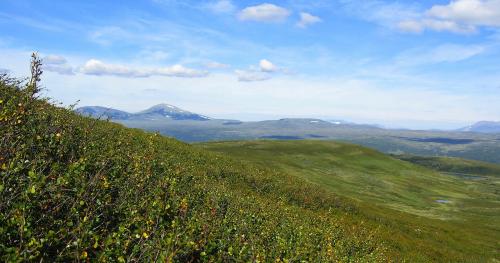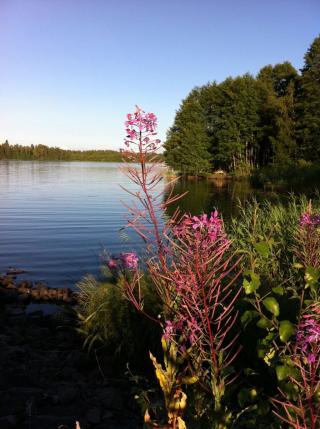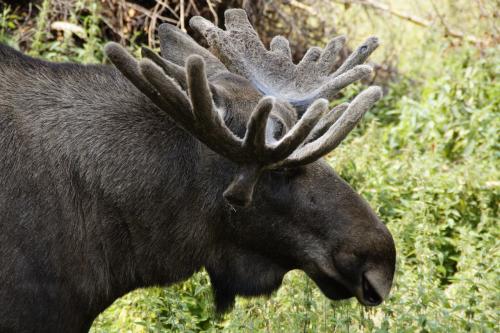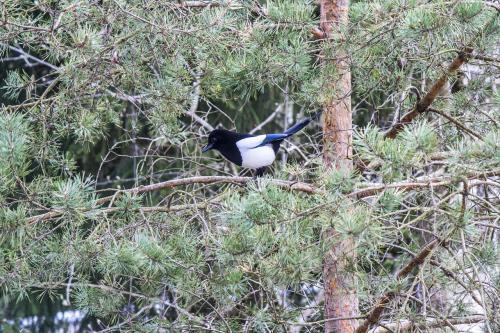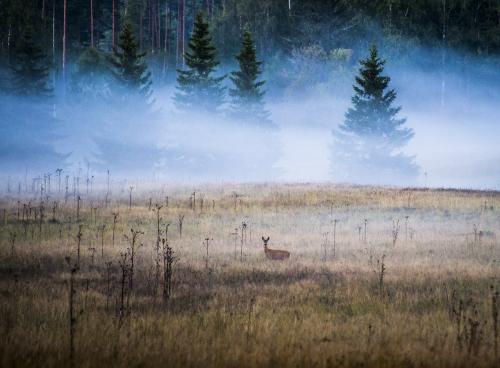Nature of Sweden
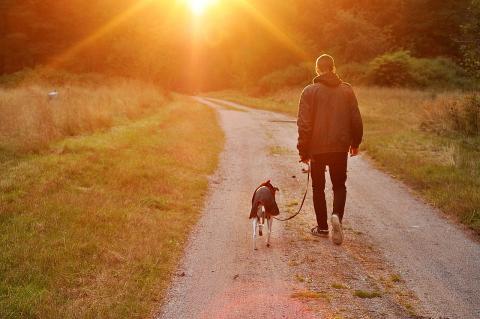
Considering features of relief Sweden is roughly divide in two parts. Northern part is mountainous with Scandinavian Mountains near to border with Norway and several major uplands. Southern Skåneland is mostly plain.
Territory of the country is stretched meridionaly hence northern regions are colder and growing season there is shorter than in southern part. Day and night duration differs too. In general weather in Sweden is drier and brighter than in other countries in north-western Europe especially at winter.
Most of territory of the country lies in the zone of moderate climate formed under impact of the Gulf Stream. Average temperature of January varies from -16 °С (3 °F) in northern land to 1 °С in southern Sweden. In July air warms up to 2 °С (35 °F) in mountains and to 17-18 °С (62-64 °F) in southern part.
Places of Sweden
Nature of Sweden bears all features of Scandinavian world. Humble variety of vegetation and astonishing diversity of mountains, cliffs and rocks, lakes and reliefs in general lies under pale cyan sky. Mentioned elements are blending to create landscapes of unique aesthetic value.
Abisko National Park
Abisko is the national park located close to border with Norway in 195 km (121 mi) to north from the Polar Circle. It occupies area of 77 km2 (29.7 sq mi). The park was established to preserve and explore untouched Scandinavian nature.
Tannforsen waterfall
The biggest waterfall of Sweden is located in 22 km (13.6 mi) to west from Åre resort. It is 38 m (124.6 ft.) tall and water falls from 32 m (105 ft.). Zealous public initiatives are preserving Tannforsen from any kind of exploitation. Natural conditions that created by the waterfall result forming of unique phytocenosis.
Areskutan Mountain
Near same Åre village there is Åreskutan Mountain that is biggest ski resort of the country. It is 1420 m (4658 ft.) a.s.l. and home for unique plants (i.e. northern orchids) and birds. Several trails were laid especially for birds observations.
Siljan Lake
This rather massive body of water originates from crater created by massive meteorite that blasted surface of our planet about 370 million years ago. Than bottom of the dent get covered by lime and filled with water from melting glaciers. Nowadays Siljan Lake offers clean beaches surrounded by pine groves.
Flora of Sweden
Whole territory of the country roughly divided into five zones:
- Alpine and north most located regions with dwarf scrubs and short grass.
- Crooked forests mostly consisted of stocky birch-trees varied by twisted mountain ashes and alder-trees.
- Northern coniferous woods (biggest area) with prevailing pines and firs.
- Southern coniferous woods alternated by broad-leaved trees such as oak and ash, elm and lime-tree, maple and others.
- Pine and beech woods.
In addition there is wide variety of local phytocenoses such as lush lakeside vegetation or plant associations of bogs. Coasts of the Gulf of Bothnia and the Baltic Sea are covered with salt marsh plants. Total area of untouched nature occupies up to 90% (including 65% of forests) of territory of the country.
Fauna of Sweden
Diversity of species is not that wide however in terms of quantity fauna of Sweden seem to prosper. In northern part of the country especially in Lapland reindeers are herding. Deciduous and coniferous woods are populated with hares and foxes, small gnawers and martens, brown bears, lynxes, gluttons and other animals.
Birds are much more diverse. There are 340 species of them in the Sweden Kingdom. Most of them are common European birds such as seagulls, geese and swans, terns and ducks. Variety of fishes includes 160 species of trout, perch, salmon, grayling etc.
In early XX century American mink and musk-rat were introduced to Sweden for fur farming. Nowadays there are prospering feral populations of those animals. American minks even managed to extrude some local species out of their ecological niches.
 Seasons of the Year
Seasons of the Year 